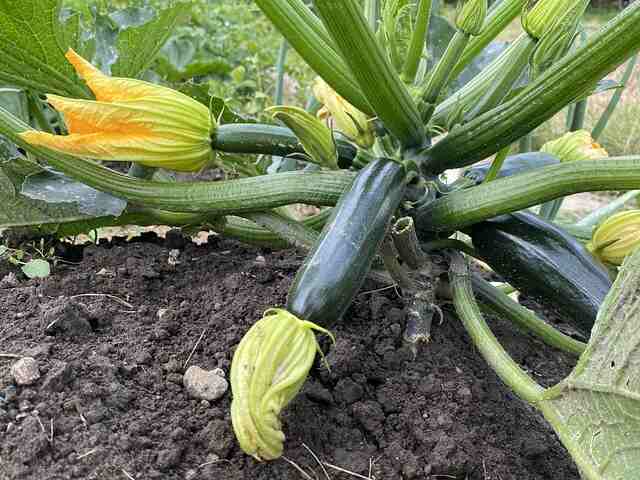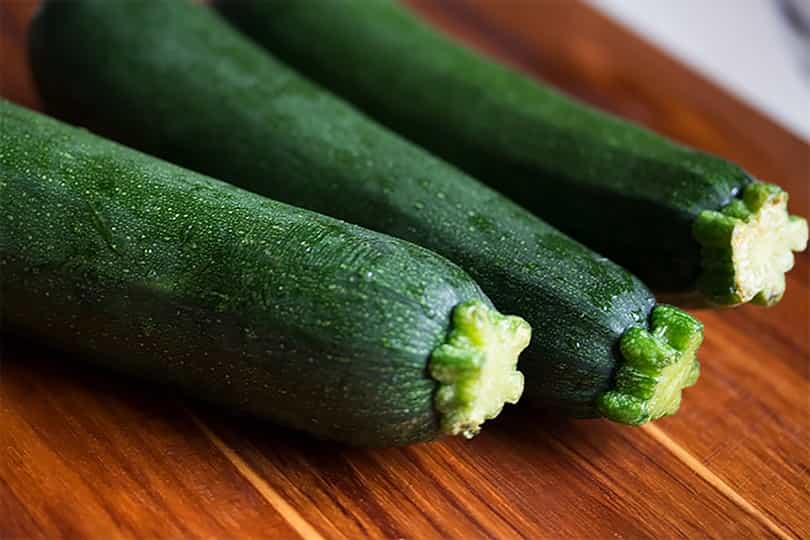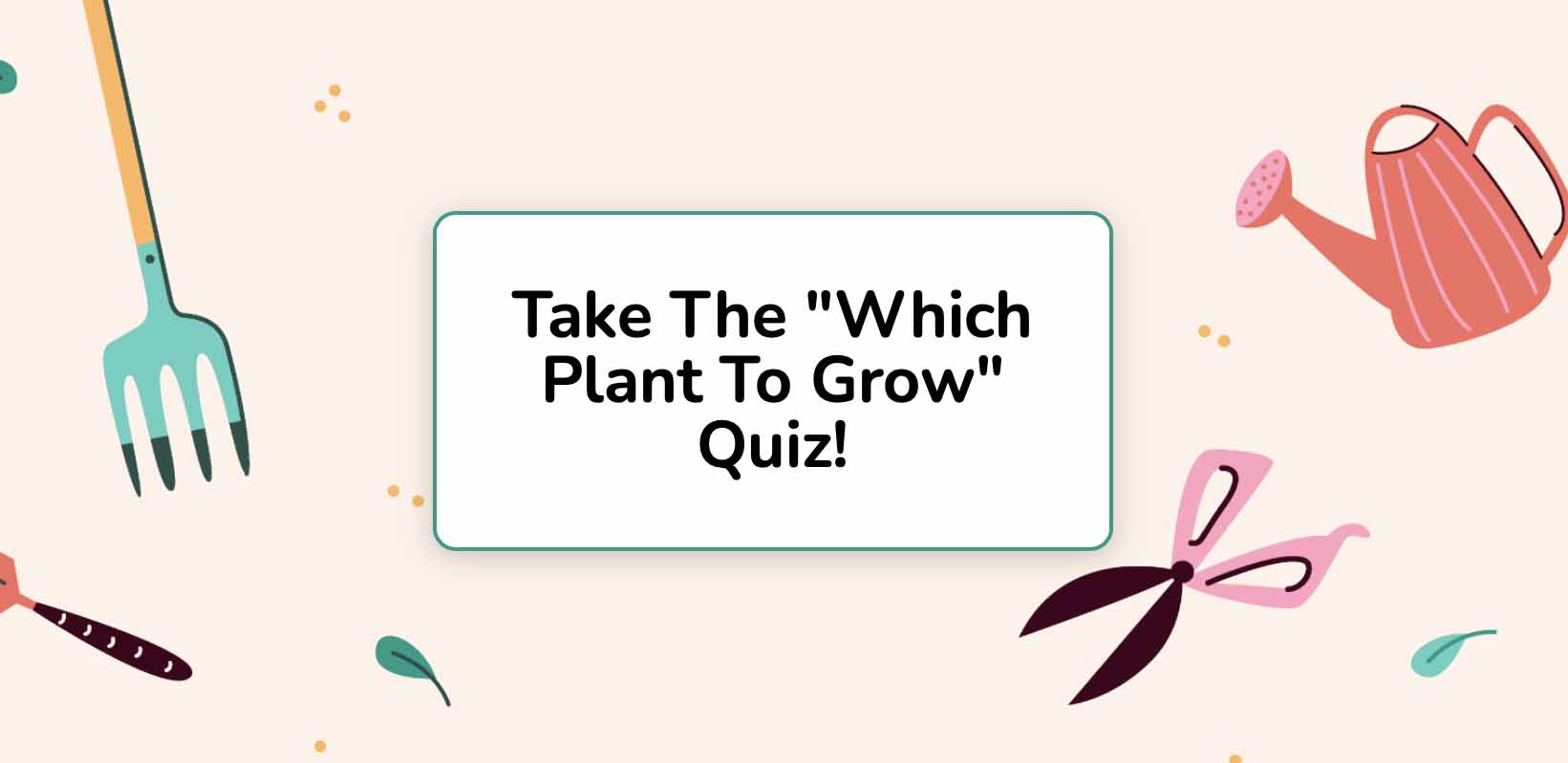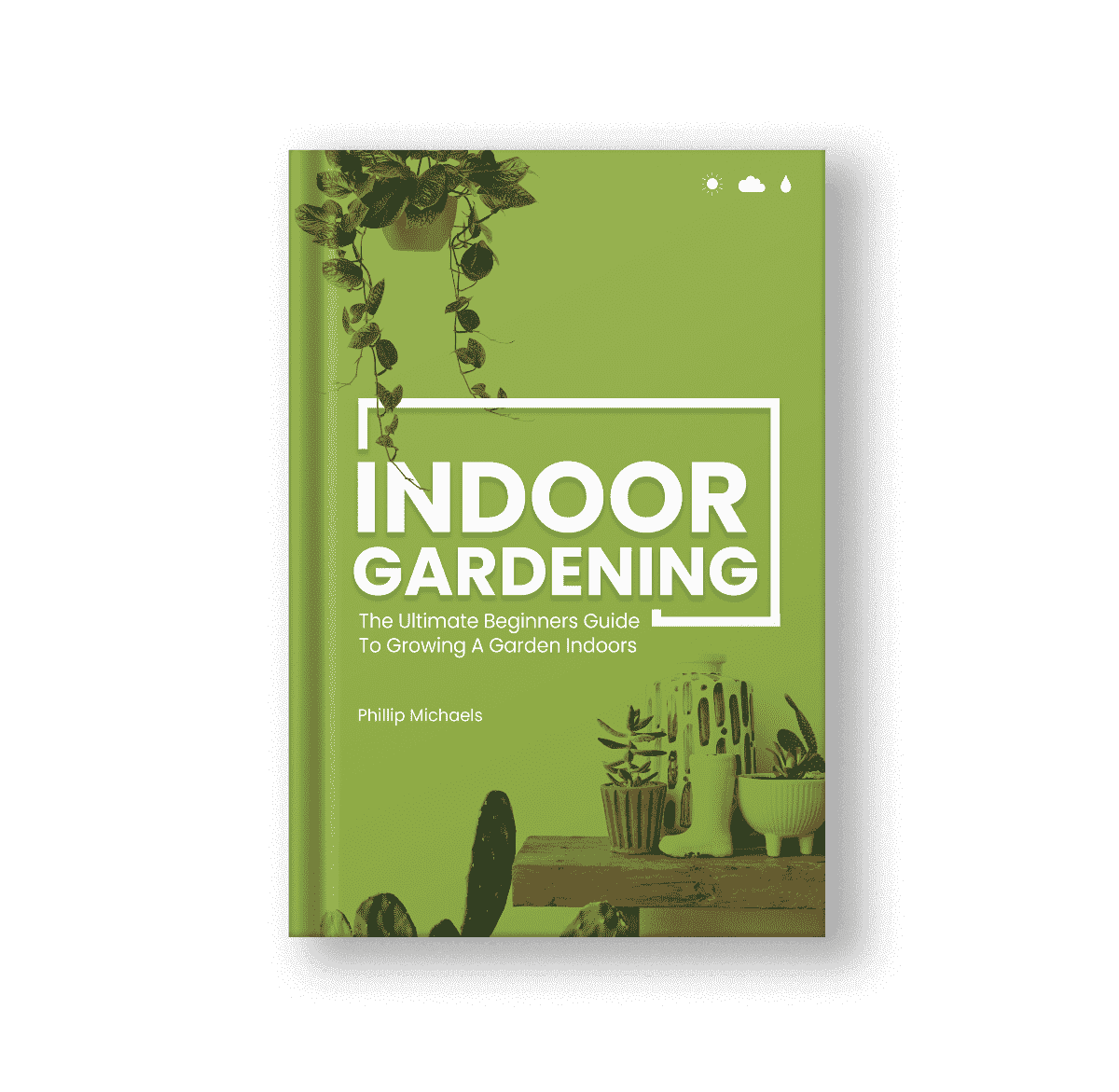Zucchinis are a delicious fruit that are often not a gardener’s first choice for indoor plants. While they certainly aren’t the easiest plant to grow, it’s perfectly possible to start growing zucchini indoors. In this article, we’ll look at what it takes to grow a zucchini in containers, and how you can enjoy this delicious fruit even in the dead of winter.
By far the most important aspect of growing Zucchini is lighting. You need a lot of sunlight to grow zucchini, although you can always use grow lights. If you’re confident you can provide the lighting needed then read on to learn how to start growing zucchini indoors.
Choosing The Right Variety
Traditional Zucchini plants can take up quite a bit of space and generally aren’t great for indoor growing. However, there are varieties that are more compact and make a better choice for indoor and container gardeners.
Look for varieties listed as compact or “dwarf” varieties. These denote types that are selectively bred to encourage healthy but small plants. You also want to look for the bush variety over vine. Bush varieties tend to grow larger but more compactly which makes them a good choice for container gardening.
With Zucchinis you can either start with seeds or seedlings. Zucchinis don’t take well from cuttings so you should avoid that method of starting. They also don’t take well to transplanting past the seedling stage, so look to start your plant in its final location.
Soil and Container
Start with a large container; we recommend at least a 5-gallon container or a 24” pot. Zucchinis can grow quite large so you need to ensure you provide ample space. Make sure whichever container you choose has proper drainage.
For soil, any standard potting soil is perfectly fine. You can also use a vegetable or fruit mix, but this is generally not needed. Make sure you choose a potting mix over garden soil as it will provide better drainage.
Planting
As noted above, you can start zucchinis from seeds or seedlings. Seedlings are easier, and you can simply transplant them to their new container and start your care routine. Zucchinis don’t take well to transplant, so you should look to only do this once.
When starting from seeds, place a few seeds in a cluster and plant them in the middle of your container. You want these clusters to be about 18-24” apart, so in most containers, you’ll only have one. However, sufficiently large one can hold multiple. Keep these seeds warm until they germinate.
Zucchini germinates quite quickly, and you should see sprouts in about 7-10 days. If you see multiple sprouts then thin them out until only one remains. Leave the one that is the largest or most healthy looking. This gives your plant the best chance to survive.
Lighting
Zucchinis are very light hungry and this will likely be the biggest issue when growing indoors. Zucchinis need at least 8+ hours of bright, direct sunlight per day. If you have a large, southern-facing window this is often the best location for your plant.
In many cases, grow lights are necessary. This is especially true in the winter months when the sunlight is less intense. When using a grow light, look to get a few more hours of light to make up for the lessened intensity. A zucchini grown exclusively under a grow light will likely need about 10-12+ hours.
Watering & Feeding
You’ll want to water when the touch inch of soil is dry to the touch. Zucchinis do like moist soil but are susceptible to root rot when overwatered. Waiting until the top of the soil is dry helps strike a balance that keeps the soil moist without soaking the plant in too much water. When you do water, make sure to soak the soil thoroughly and wait until you see the water begin to leak out of the drainage holes.
It’s important to note that you should never let the soil dry out completely. Doing so will shock the roots, and it can be difficult for the plant to recover from this. Always keep the soil a little moist to keep your plant healthy and happy.
During the peak of summer, you can lightly mist the plant daily in addition to your normal watering. This helps keep the plant hydrated and protected from heat without the risk of overwatering.
For feeding, you can use a diluted (or indoor-specific), all-purpose food feed every couple of weeks. Zucchinis are a relatively short-lived plant, so won’t need a lot of extra nutrients. If you’re starting with a high-quality potting soil that should provide the majority of nutrients a single crop needs.
Pruning
Proper pruning is needed when growing indoors otherwise the zucchini will outgrow its container. You’ll want to start pruning as the plant begins to branch out, generally around its second month. You’ll want to cut off branches that are extending too far outside the bounds of the container. This helps keep the plant contained but also helps it focus its energy on growing its fruit rather than its leaves.
You also may want to add some supports or trellis to help keep the plant upright. Most zucchini has some vine attributes, so supports might be needed to keep it from toppling over. This is also helpful in controlling the growth and keeping it from outgrowing its container.
Pollinating
Most zucchinis are self-pollinating and don’t need much help in this area. It is still advised to give them a little shake as they begin to flower to help with the process. This simulates the wind flow that the plant would experience outdoors. You can also gently brush the inside of the flower with your finger or soft instrument to the same effect.
Harvesting

Harvesting zucchini is a bit of an art, and getting the timing right is tricky. In general, you want to harvest before the fruit fully ripens. Once the fruit ripens the plant will complete its life cycle, and will produce fewer fruits after. If you can harvest before this then you can extend the time your plant will bear fruits.
In general, you’ll start seeing harvestable fruits about 3-4 months after planting and then pretty consistently after that. Look for zucchinis that have grown a few inches in length, and pick them while they’re still tender. Make sure you pick them all, zucchinis are notorious for being hard to find, especially in bushing plants.
A zucchini grown indoors will generally last for about half a year. Zucchinis do not have a very long growing season, and you’ll need to replant them if you wish to continue growing them.
Growing Zucchini Indoors
Zucchinis are a delicious fruit, and while they can be tricky to grow indoors they are well worth the effort. The hardest part is always the sunlight, if you can nail that then the rest of the care is fairly easy. Let us know if you’ve grown zucchini indoors and any tips you have for getting a healthy plant.
Growing Zucchini Indoors FAQ
What is The Most Important Part of Zucchini Care?
Light is the biggest issue most gardeners will face as zucchinis are very light-hungry plants. Look for at least 8 hours of natural sunlight per day, or even more when using a grow light.
How Long Do Zucchini Plants Last?
A well-cared-for plant will last about 6 months. After this time, fruit production will drop and it's best to start over with a new plant. Savvy gardeners will plant multiple plants at staggered times to have a constant supply.
How Often Do You Water Zucchinis?
Water when the top inch of the soil is dry to the touch. This is typically 2-3 times per week, but can be more during the peak of summer.
Does Zucchini Grow Well In Containers?
Properly cared for yes. Be sure to use a large pot as zucchinis take up a good deal of space.







